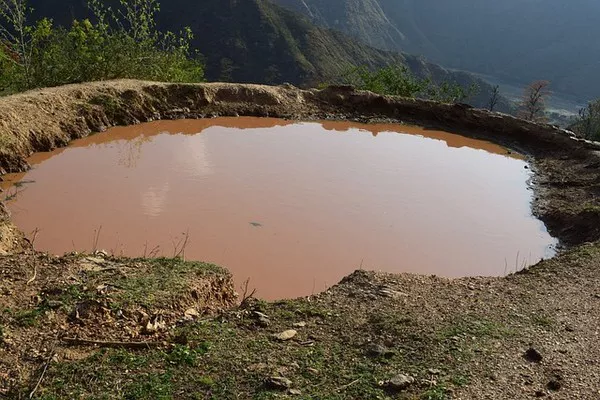Wastewater treatment plants play a crucial role in safeguarding public health and preserving the environment by effectively managing and purifying the wastewater generated from various sources. These facilities employ a sophisticated combination of physical, chemical, and biological processes to remove contaminants and ensure that treated water meets stringent quality standards before being released back into the environment or returned to water bodies. This article delves into the intricate workings of wastewater treatment plants, shedding light on the processes that transform raw sewage into clean, environmentally safe water.
Primary Treatment: Screening and Sedimentation
The journey of wastewater treatment begins with the primary treatment phase, where incoming sewage undergoes preliminary screening and sedimentation processes. Large debris such as sticks, leaves, and plastics are removed through bar screens, preventing them from damaging downstream equipment. Once screened, the wastewater moves to sedimentation tanks, where the velocity of the water is reduced, allowing heavier particles to settle at the bottom. This sludge, comprised of organic and inorganic matter, is then collected for further treatment, while the clarified water moves on to the next stage.
Secondary Treatment: Biological Processes
The heart of wastewater treatment lies in the secondary treatment phase, where biological processes are employed to break down organic pollutants. One common method is the activated sludge process, where microorganisms, predominantly bacteria, are introduced to the wastewater. These microbes consume and decompose organic matter, converting it into simpler, less harmful substances. The mixture is aerated to provide the necessary oxygen for microbial activity, promoting the growth of a robust microbial community that enhances the treatment efficiency.
Alternatively, the trickling filter process involves passing the wastewater over a bed of rocks or plastic media covered with microbial films. As the water trickles over these surfaces, microorganisms attached to the media break down organic compounds, purifying the water. Both methods aim to achieve the same goal – reducing the concentration of organic pollutants to acceptable levels.
Tertiary Treatment: Polishing the Effluent
While secondary treatment significantly reduces the organic content of wastewater, tertiary treatment is employed to further polish the effluent and meet stringent water quality standards. This phase may involve various advanced processes, including filtration, chemical treatment, and additional biological treatment. Sand or multimedia filters are commonly used to remove remaining suspended particles, ensuring the water is clear and free from visible impurities.
Chemical treatment, such as the addition of coagulants and flocculants, aids in the removal of fine particles that may have survived earlier treatment stages. Moreover, advanced oxidation processes, like ozonation or ultraviolet (UV) disinfection, are utilized to eliminate remaining pathogens and trace contaminants. These tertiary treatment methods collectively enhance the overall quality of the treated water, making it safe for discharge into receiving water bodies or for reuse.
Sludge Treatment: Turning Waste into Resources
An inevitable byproduct of wastewater treatment is sludge, which is rich in organic and inorganic materials. Rather than being disposed of as waste, modern wastewater treatment plants focus on the sustainable management of sludge through various treatment processes. Thickening and dewatering technologies reduce the volume of sludge, making it easier to handle and transport.
Anaerobic digestion, a biological process that occurs in the absence of oxygen, is a common method used for treating sludge. During anaerobic digestion, microorganisms break down organic matter in the sludge, producing biogas as a valuable byproduct. The resulting sludge, known as biosolids, can be further stabilized and used as a nutrient-rich fertilizer in agriculture.
Conclusion: A Symphony of Processes
Wastewater treatment plants operate as intricate systems, orchestrating a series of well-coordinated processes to purify sewage and safeguard the environment. From primary screening to secondary biological treatment, tertiary polishing, and sludge management, each step plays a crucial role in ensuring that the water released from these facilities meets stringent quality standards. As populations grow and environmental concerns intensify, the evolution of wastewater treatment technologies continues, with an increasing emphasis on sustainability and resource recovery. By understanding the complexities of wastewater treatment, we can appreciate the vital role these facilities play in protecting both public health and the ecosystems we depend on.

